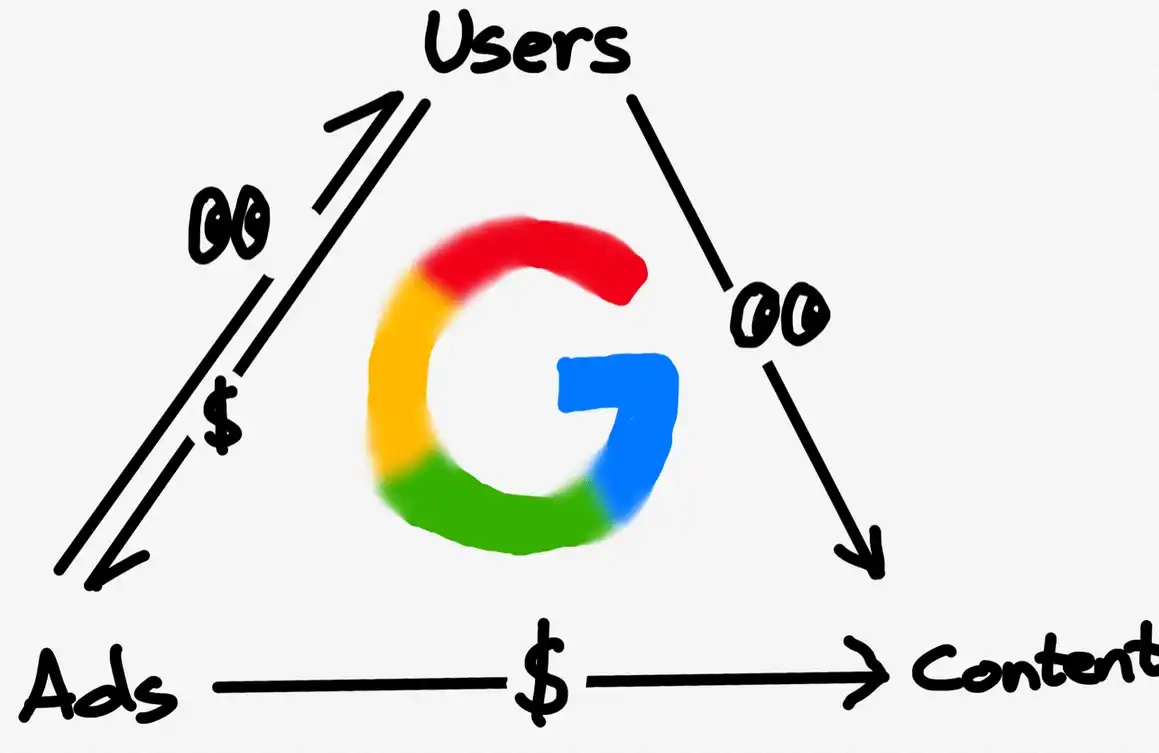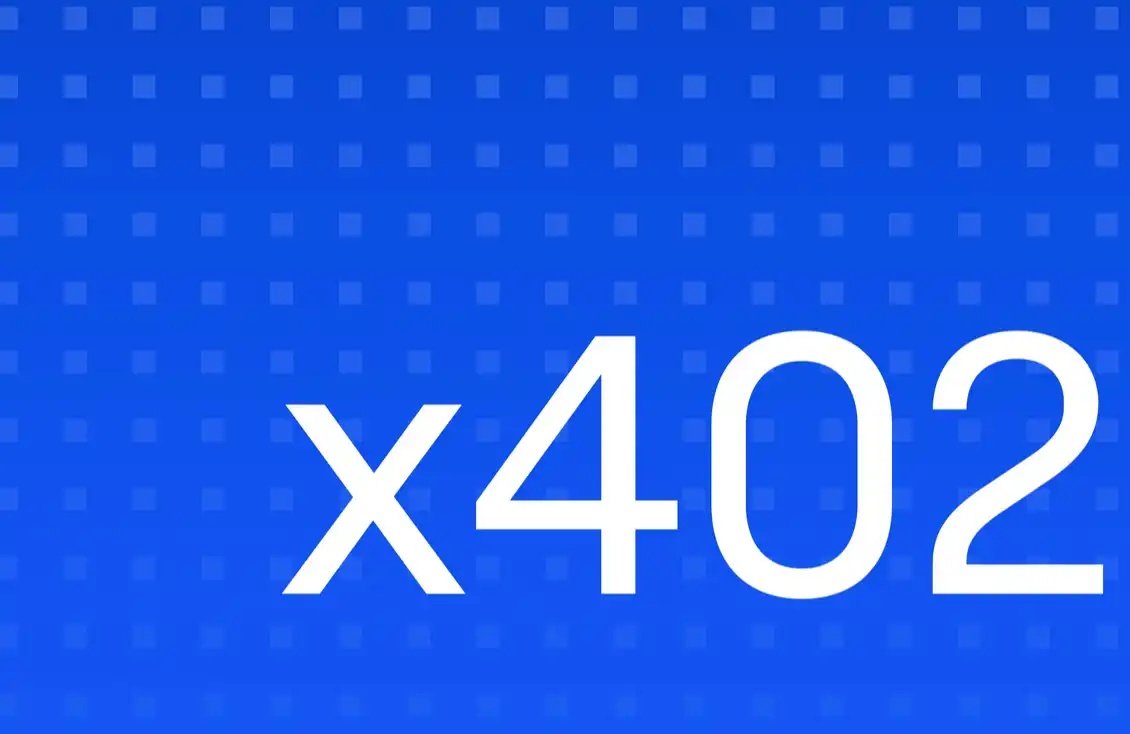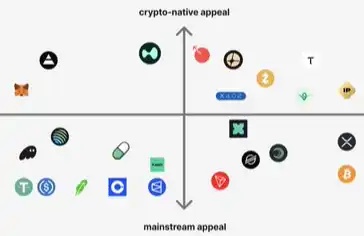Friend.Tech: A new approach to Web3 social networking or just a passing trend?
Original Title: "Friend.Tech: A New Approach to Web3 Social Networking or a Flash in the Pan?"
Original Source: veDAO
Previously, the veDAO Research Institute discussed Base, and recently a new hot topic has emerged: a SocialFi DApp called Friend.Tech has sparked a new wave. Since its establishment, a total of $175 million in cryptocurrency has been transferred to the platform, with nearly 580,000 transactions recorded on August 10. On the same day, the number of daily active users on Base reached a historic high of 136,000, thanks in large part to Friend.Tech, an invite-only native Web3 social DApp on Base.

Within two days of its launch, Friend.Tech, a Socialfi project using the "one-for-three" invitation code mechanism similar to Clubhouse, has become the hottest Web3 project in the Base ecosystem, with revenue exceeding $500,000. According to CryptoKoryo data, as of 8:30 pm on August 19, within about 10 days of its launch, Friend.Tech has traded over 11,000 ETH and has over 39,000 independent users, completing over 518,000 transactions. The Paradigm effect is also strong, with active users of Friend.Tech rapidly increasing after the financing news was announced, with over 1,700 buyers in a single hour, setting a new historical high. In this article, we will learn more about Friend.Tech together.
What is Friend.Tech?

Friend.Tech, which is a DApp based on the Base ecosystem, is difficult to come by. By strongly binding with Twitter, users can purchase and sell any "shares" of users on Friend.tech through the Ethereum of the Base chain. Investors in KOL shares will have the right to directly communicate with KOL. It allows users to buy and sell shares of related Twitter accounts, and owning shares of a certain KOL will authorize users to enter that KOL's private chat room.
The essence of Friend.Tech is to bet on the influence of KOLs, which is a project that tokenizes KOLs. It is equivalent to Friend.tech issuing tokens for KOLs, which are tokens for personal IP. Through this method, the value of KOLs can be monetized, and it can also be considered as an attempt to quantify social value.
According to Dune Analytics data, Friend.Tech brought in 7860 users and 4400 Ethereum (worth $8.1 million) in transaction volume in less than 24 hours since the launch of its beta version, far exceeding OpenSea's transaction volume during the same period. On August 10th, it even reached a new high in Base's daily active users. Within four days of its launch, Friend.Tech surpassed 1.8 million accounts and generated 6900 ETH in weekly transaction volume, with Share's royalty income exceeding 300 ETH.
Friend.Tech Background
Racer is one of the creators of Friend.tech. He previously created TweetDAO, which is a DAO organization that grants access to its Twitter account by holding an NFT called "TweetDAO Egg".
Later, Racer and Shrimp, another co-founder of Friend.tech, created Stealcam, a picture sharing application based on the Arbitrum ecosystem. On Stealcam, users can upload pictures that are pixelated and require other users to "steal" (unlock) them in order to view the original image. Each steal increases the price according to certain rules. This design combines curiosity, celebrity effect, Twitter propagation, and owner economic model, making the project itself highly self-propagating.
Finally, the developers decided to reshape the positioning of Stealcam and created a project called Friend.tech. Shrimp and Racer originally planned to deploy the project on Arbitrum, but perhaps due to market popularity, they ultimately chose Base. Thus, Friend.tech, which integrates social attributes and cryptocurrency more closely than previous products, was born. In this way, KOLs and ordinary users on Twitter can build social tokens to monetize.
Friend.tech operates how?
Every user who registers on Friend.tech needs to link their account with Twitter. In this way, the user's Twitter account will be quantified as social tokens on Friend.tech, and other users can purchase shares of these tokens with ETH. These shares represent the popularity and equity of the user's interactions on Twitter.
Similar to other digital assets, the value of these shares can fluctuate. Suppose you buy a user's share at a certain price, and then their share's floor price (lowest price) rises shortly after. You can choose to sell your shares at a higher floor price, which may result in a profit. Conversely, if the floor price is lower than the price you purchased, you can choose to hold or sell at a loss. All transactions are recorded and can be viewed on the chain. Whether buying or selling, each transaction will incur an additional 10% fee: 5% of which belongs to the protocol and the other 5% belongs to the current shareholders involved in the transaction.
@functi0nZer0 tweeted about Friend.tech's stock pricing model (which has not been officially confirmed), revealing it to be a simple supply and demand structure. The number of shares held by an individual is determined by a quadratic relationship with the price of the next share, and the price of each share increases exponentially with the number of buyers. The formula is: Price in ETH = Supply ^ 2 / 16000, where Supply represents the current number of shares held by an individual. Incentivizing users with tokens is an important way for Friend.tech to convert Twitter users into core application users, using the potential token airdrop expectations and real visible points to motivate users. Friend.tech will distribute a total of 100 million points during the 6-month testing period, with distributions occurring every Friday and point records not being recorded on the blockchain. On August 19th, Friend.tech completed its first point airdrop.
How to use Friend.Tech
1. Access Platform

First, open the friend.tech website on your mobile browser. After entering the website, click the "Share" button on the browser menu, and then select the "Add to Home Screen" option. Then open the friend.tech application on your mobile home screen.
2. Register and fill in the invitation code
After opening friend.tech, register (you can log in through Google or App Store). After completing the registration, users need to fill in the invitation code to get full access. Users usually receive three invitation codes, which they can share with others.
Setting up an account.

After filling in the invitation code, users need to bind their own Twitter account and deposit 0.01 ETH based on Coinbase's Base chain to activate their account. You can go to the official Base cross-chain bridge, connect your wallet, and transfer your mainnet ETH to the Base chain. Once you have ETH on the Base chain in your account, you can claim your three invitation codes.
3. Purchase Shares and Chatting
After entering the App, you can see the most popular users on the homepage and buy their shares. You can also search for users you are interested in and buy their shares. Before purchasing, a locked symbol will appear on the chat interface that appears after clicking on a user, indicating that the user needs to purchase a share. Once the purchase is complete, one-on-one chat can be initiated. To prevent spam, Friend.tech allows each holder to send three messages and then wait for a reply before resetting the limit.
Withdrawal

If you have successfully earned money and wish to withdraw funds, please click on your profile within the application and withdraw your ETH to your own address. Use the Base cross-chain bridge to transfer your funds back to the main network for further use or trading.
Need to pay attention to the problem

Despite the exponential growth experienced by Friend.tech within the first 24 hours of its launch, many crypto KOLs have started to profit and the platform's popularity and discussion remain high. However, some people express concerns about the pricing model and data privacy of the platform.
Friend.tech's PC website currently directs users to download the app on their mobile devices. The website only has one page and provides very little information about the project, such as the roadmap, founders, or whitepaper, which are common for Web3 projects. Additionally, the privacy policy link on the page only displays "Coming soon!" when clicked.
Meanwhile, the user experience of Friend.tech is not very friendly. On the first day, the app experienced network failures due to the influx of users. More and more KOLs registered on the platform, and many users complained about delays and application crashes. In fact, rather than a new type of social product, Friend.tech is more like a variant of NFT gameplay, and the logic behind it is actually the holding logic of NFT: users are optimistic about a certain KOL, believe that the KOL's views are helpful to themselves, or the KOL community is active, and their shares will rise in the future, so they choose to hold. However, this means that how to screen high-quality KOLs has become the most critical decision-making thinking for users. Just like selecting suitable targets from the countless NFT products on Ordinals, users in Friend.tech need to know which accounts on Twitter are active and which accounts can easily pull up a community, which requires users to observe the reading volume of Twitter KOL tweets in advance for analysis. It is worth noting that currently, Friend.tech is mostly dominated by European and American KOLs, and Chinese KOLs are relatively weak. After completing the simple screening, users need to identify which KOLs are willing to operate Friend.tech for a long time and which KOLs are just here for fun. Overall, Friend.tech indirectly assigns the user's attention to cost, which means that if you want to obtain more high-quality information, you need to invest equivalent assets. However, each user's attention is very limited, and if you pay too much attention, it will actually cause deviations in industry judgment. Therefore, Friend.tech itself has a user attention limit, which has also become a development limit of Friend.tech products to some extent.
Conclusion
The SocialFi track has been continuously followed by the cryptocurrency world, but so far there has not been a leading project. Will the popularity of Friend.tech bring back the heat for the concept of "Web3 social" and related projects? Will Friend.tech be a flash in the pan or achieve long-term success? This question still requires time. Like any Web3 innovation, the future of Friend.tech will depend on its ability to adapt, develop, and continue to provide value to users. The delicate balance between social interaction and investment potential may play an important role in determining its lifespan.
Original Link
Welcome to join the official BlockBeats community:
Telegram Subscription Group: https://t.me/theblockbeats
Telegram Discussion Group: https://t.me/BlockBeats_App
Official Twitter Account: https://twitter.com/BlockBeatsAsia


 Forum
Forum Finance
Finance
 Specials
Specials
 On-chain Eco
On-chain Eco
 Entry
Entry
 Podcasts
Podcasts
 Activities
Activities
 OPRR
OPRR









